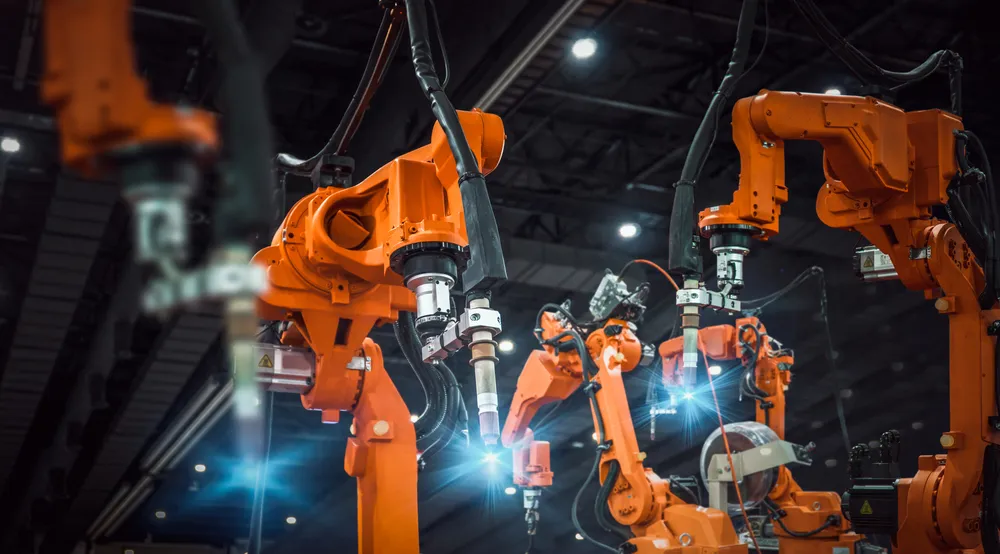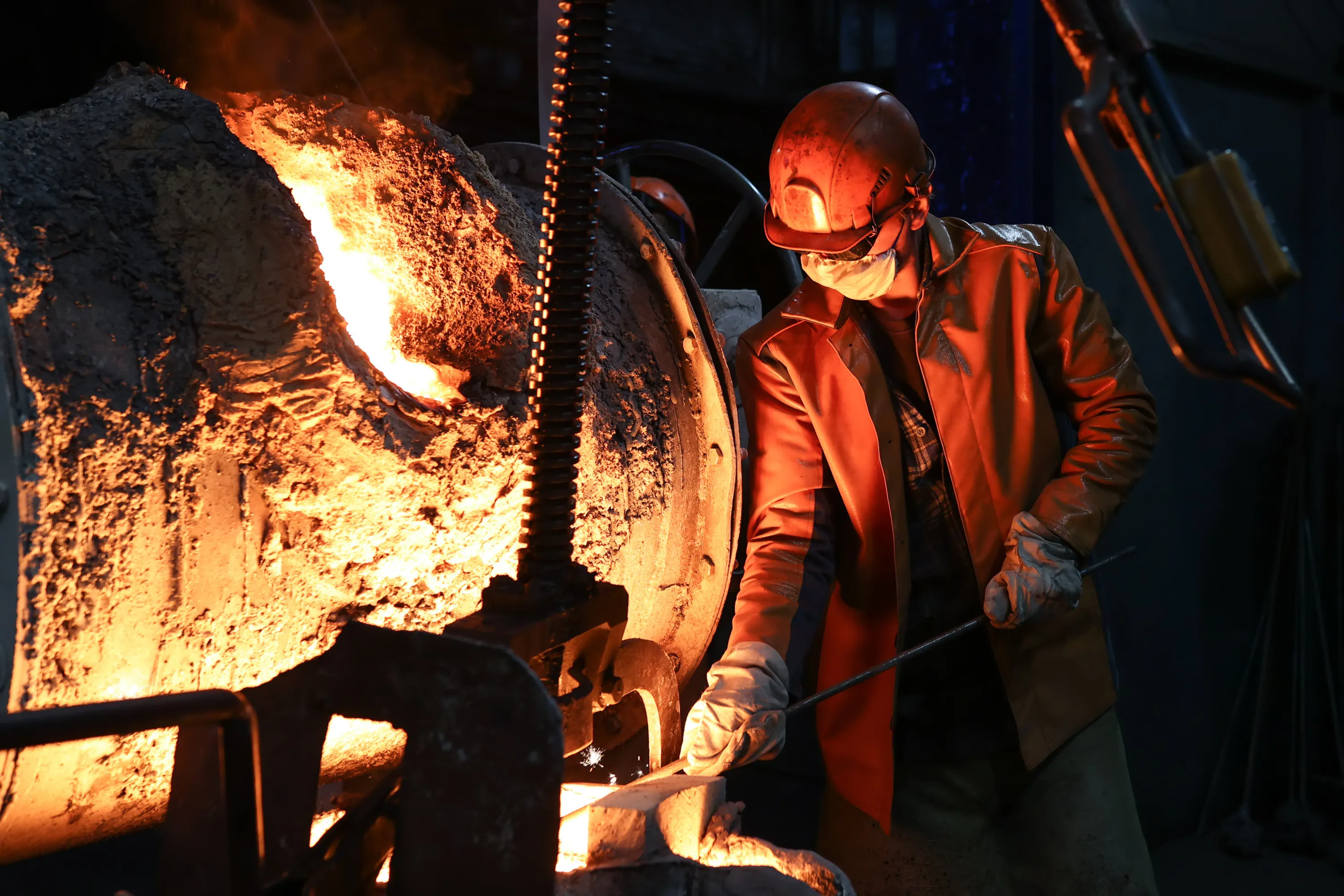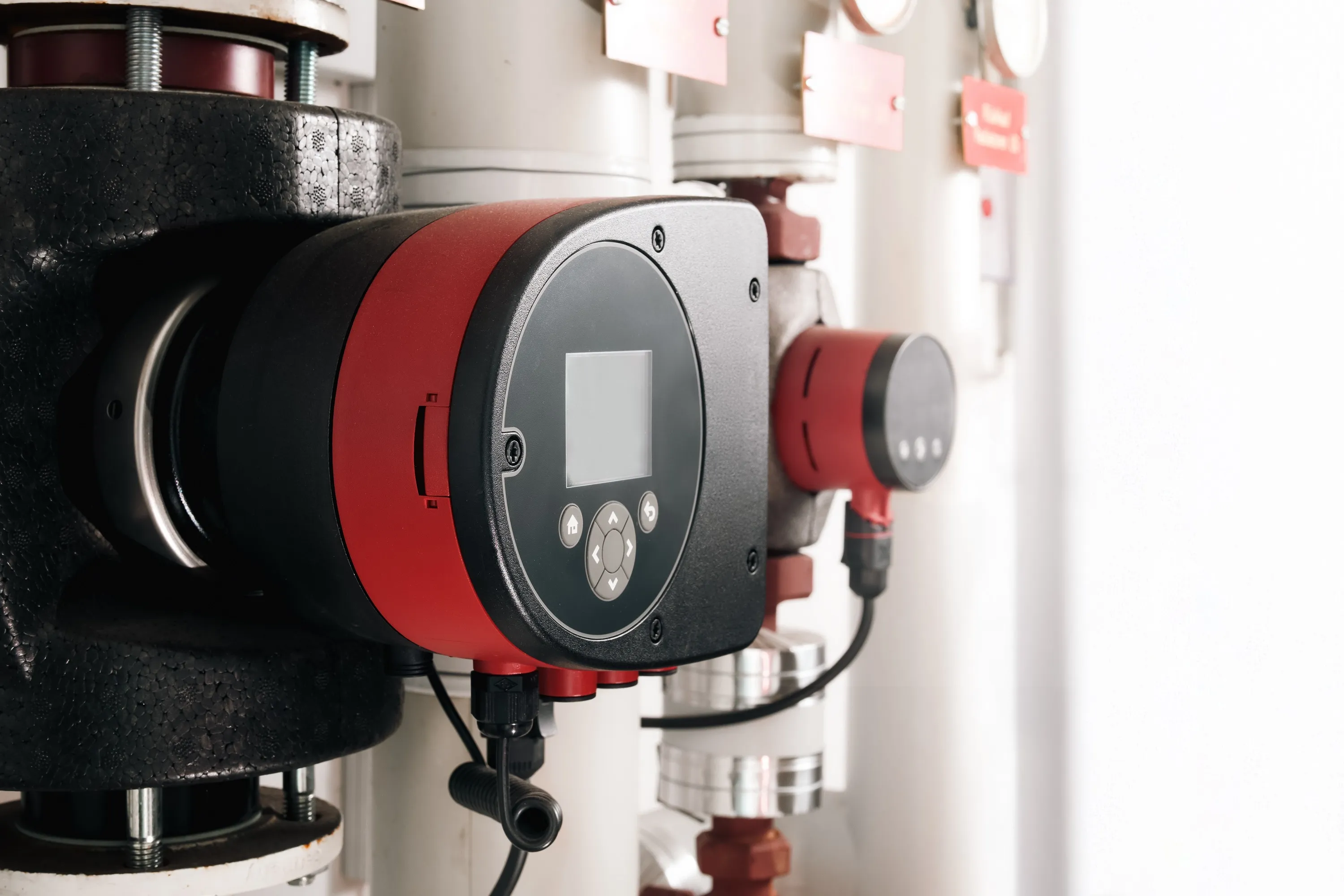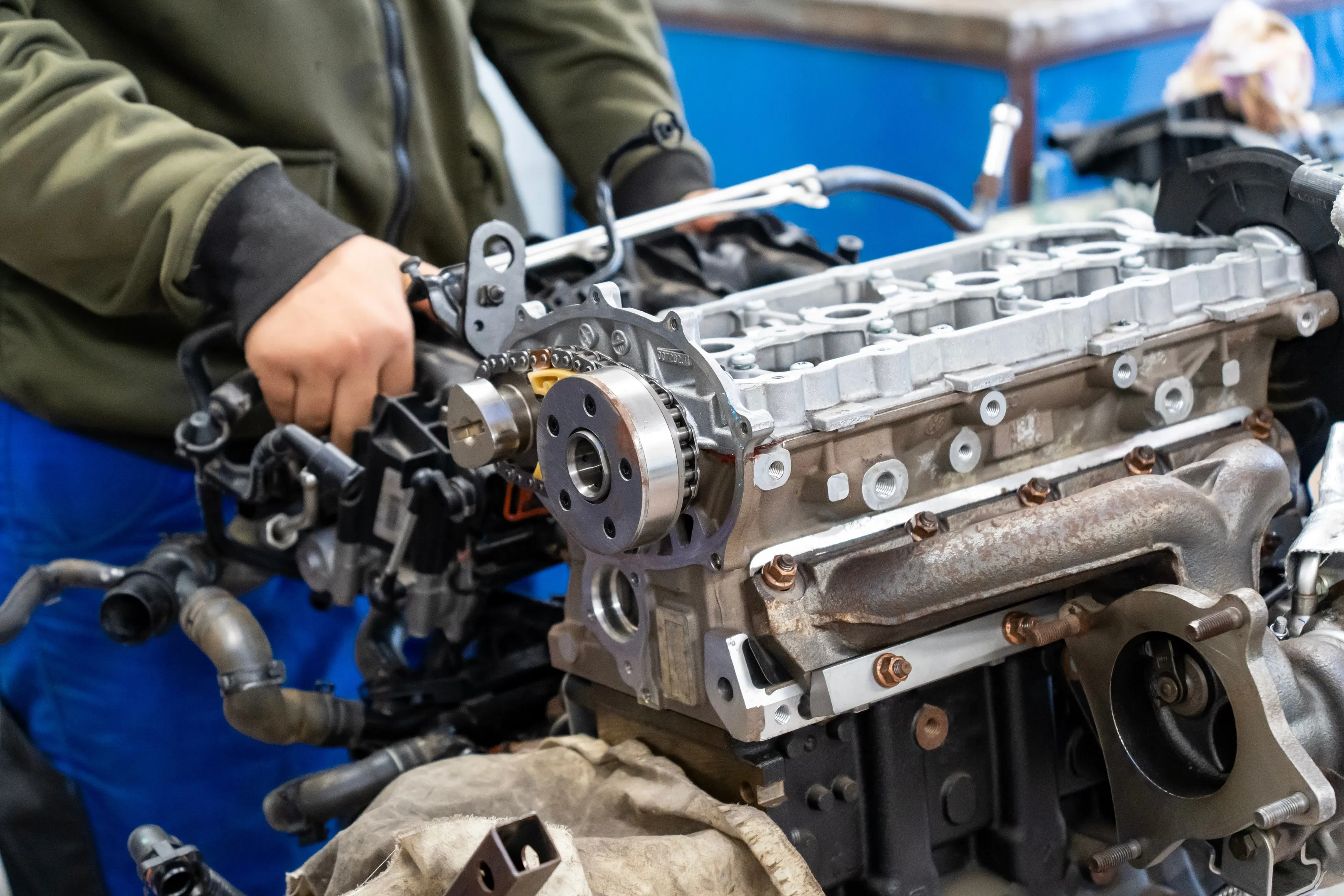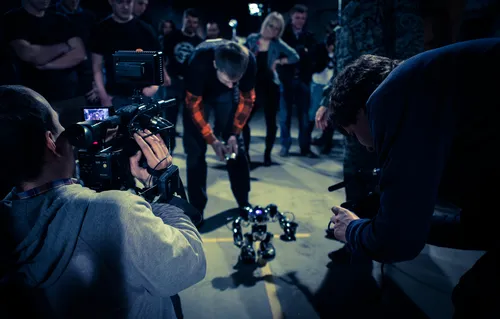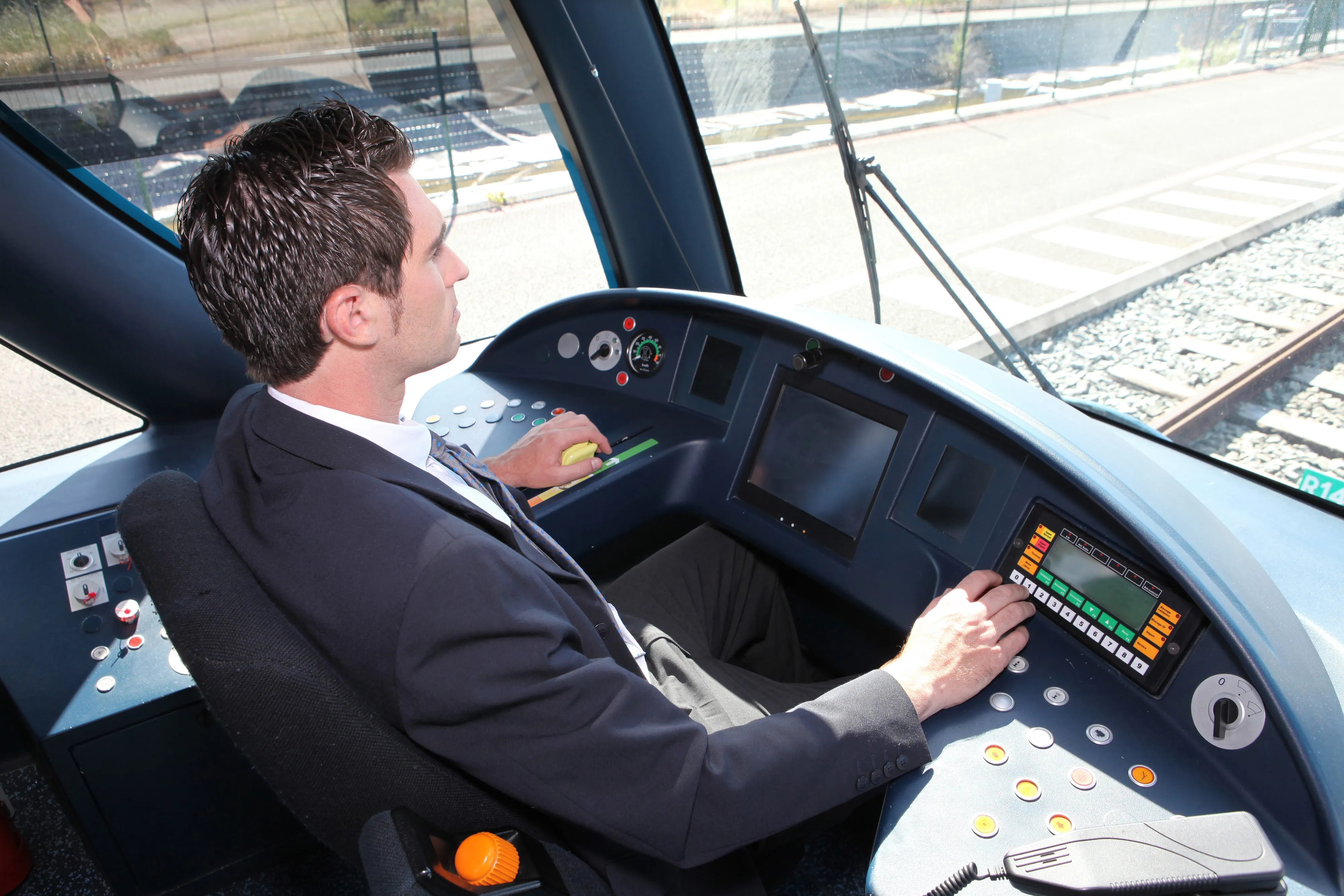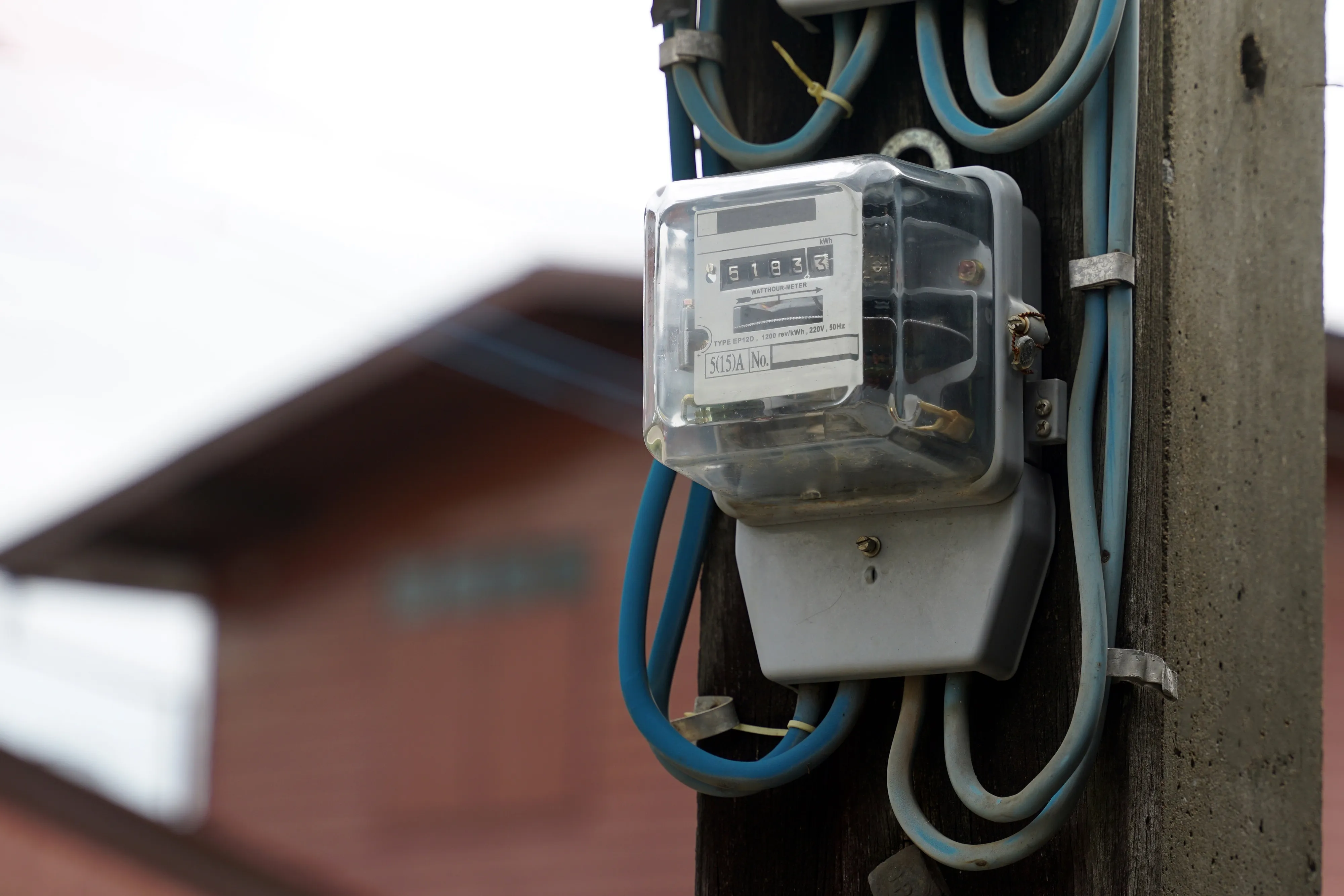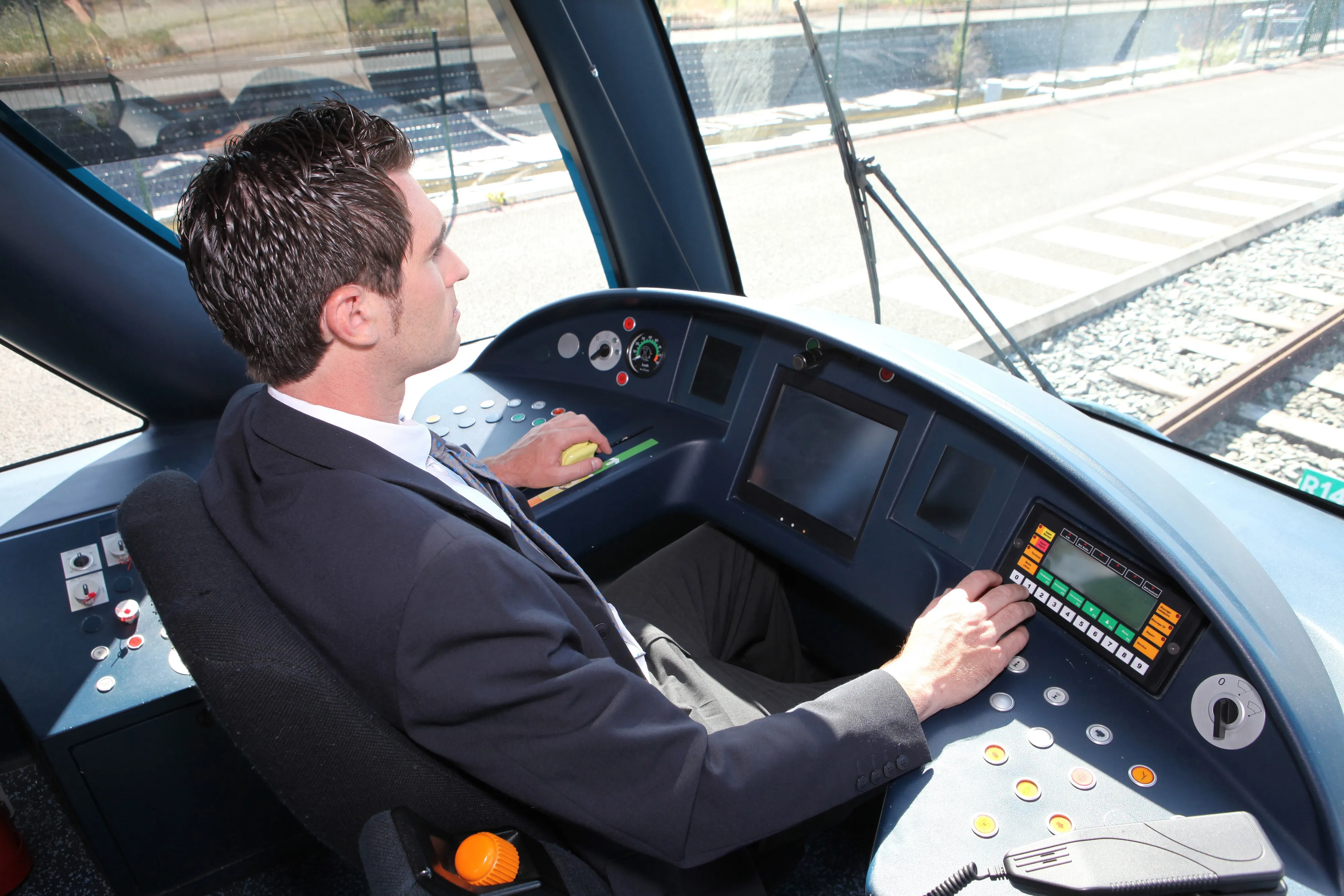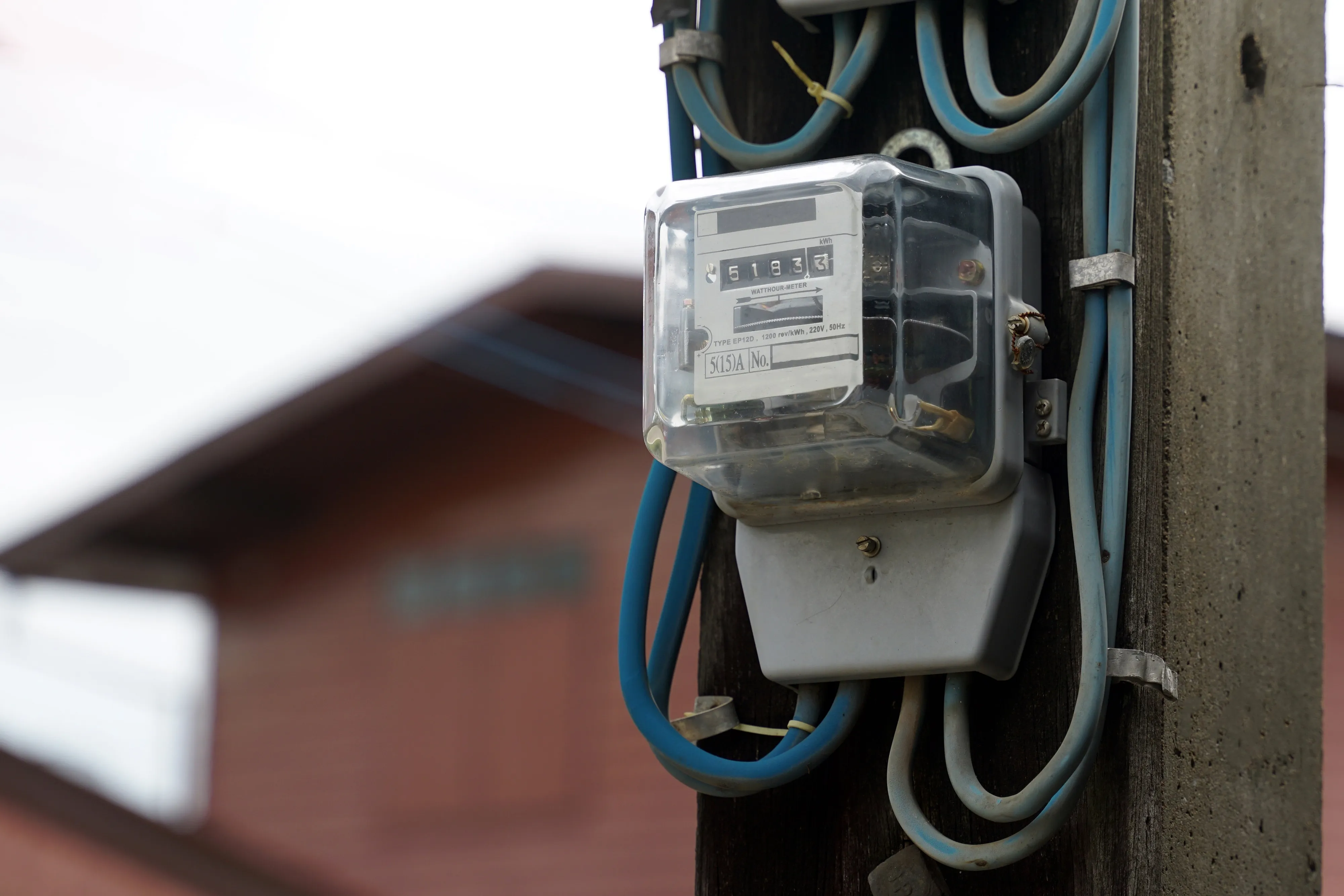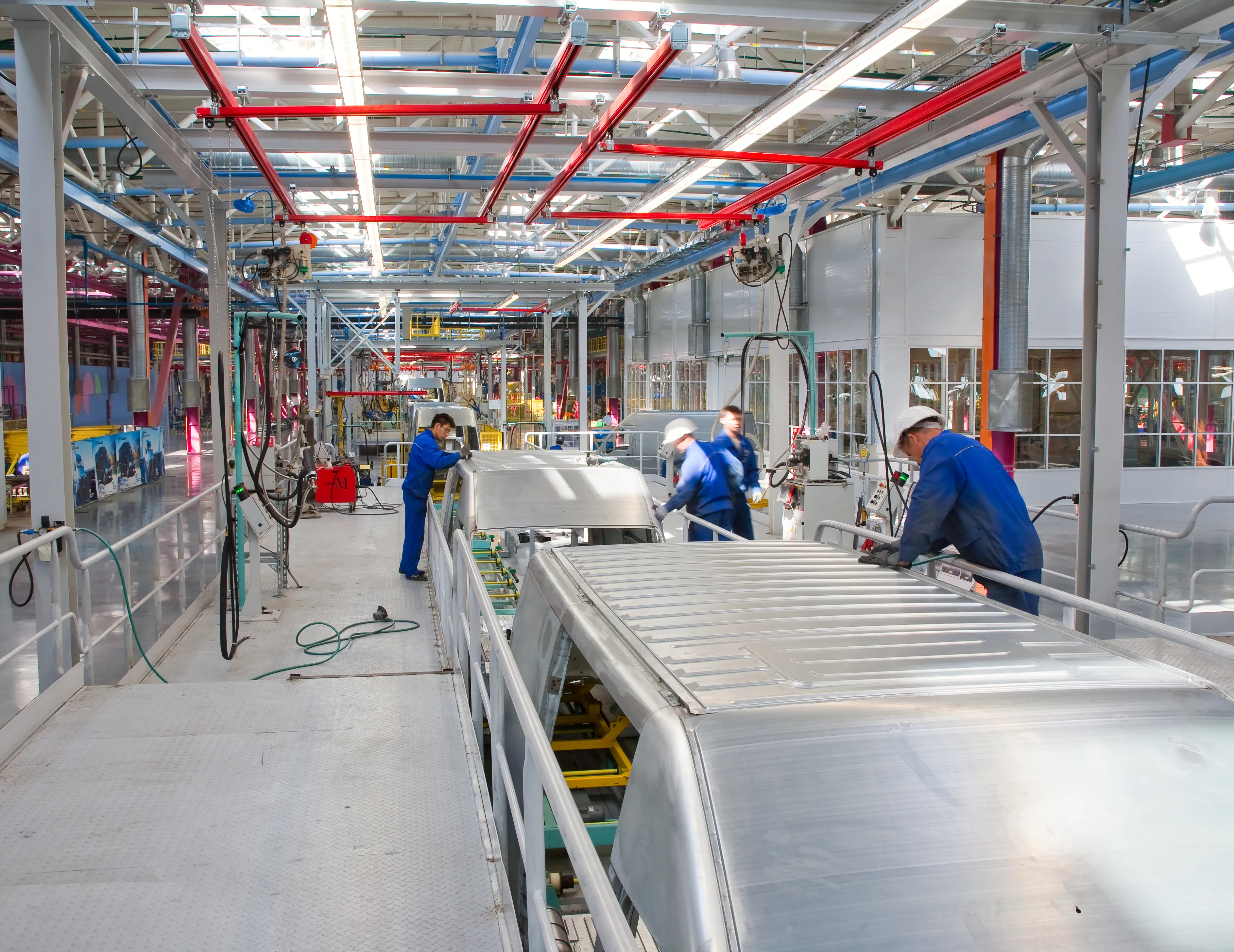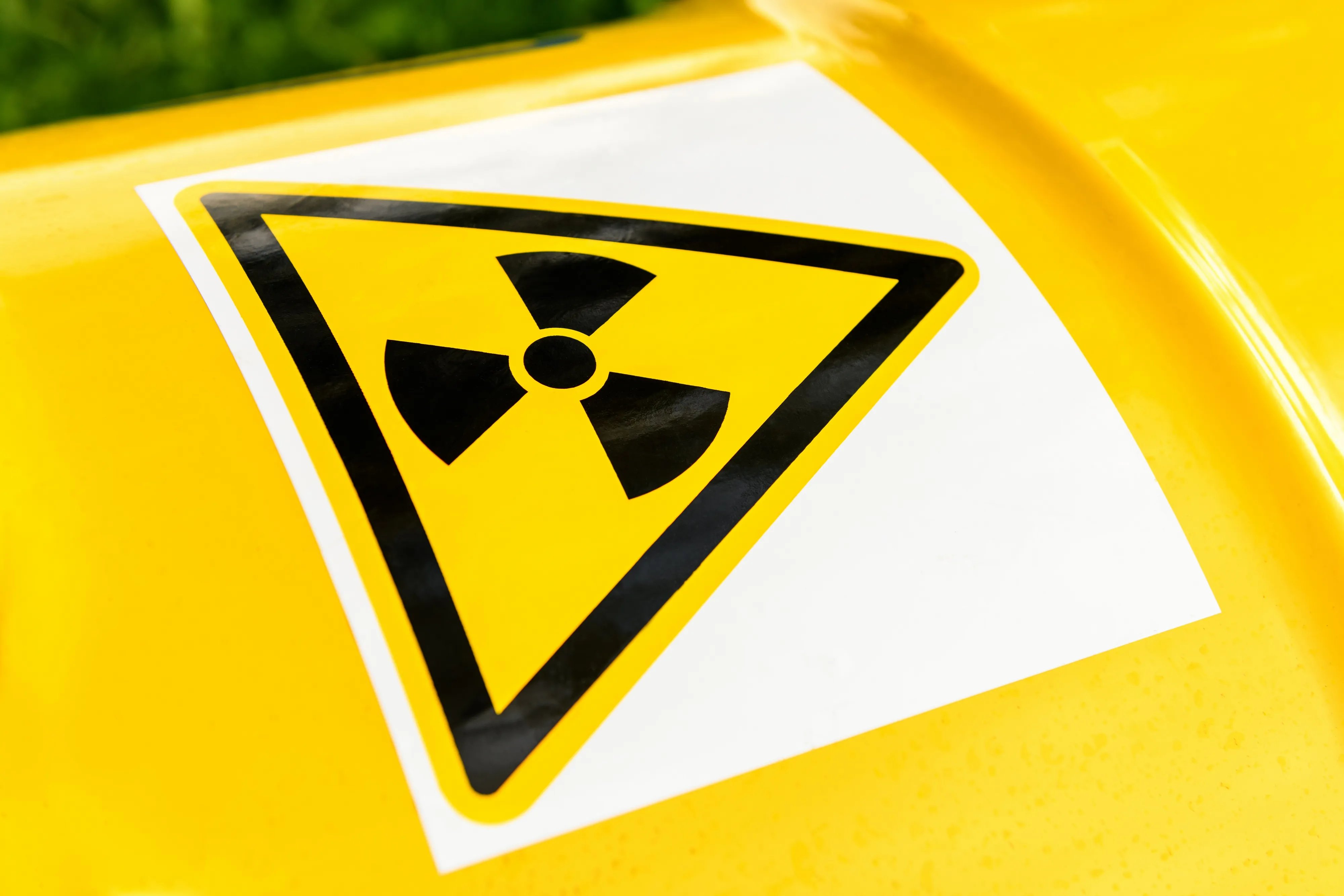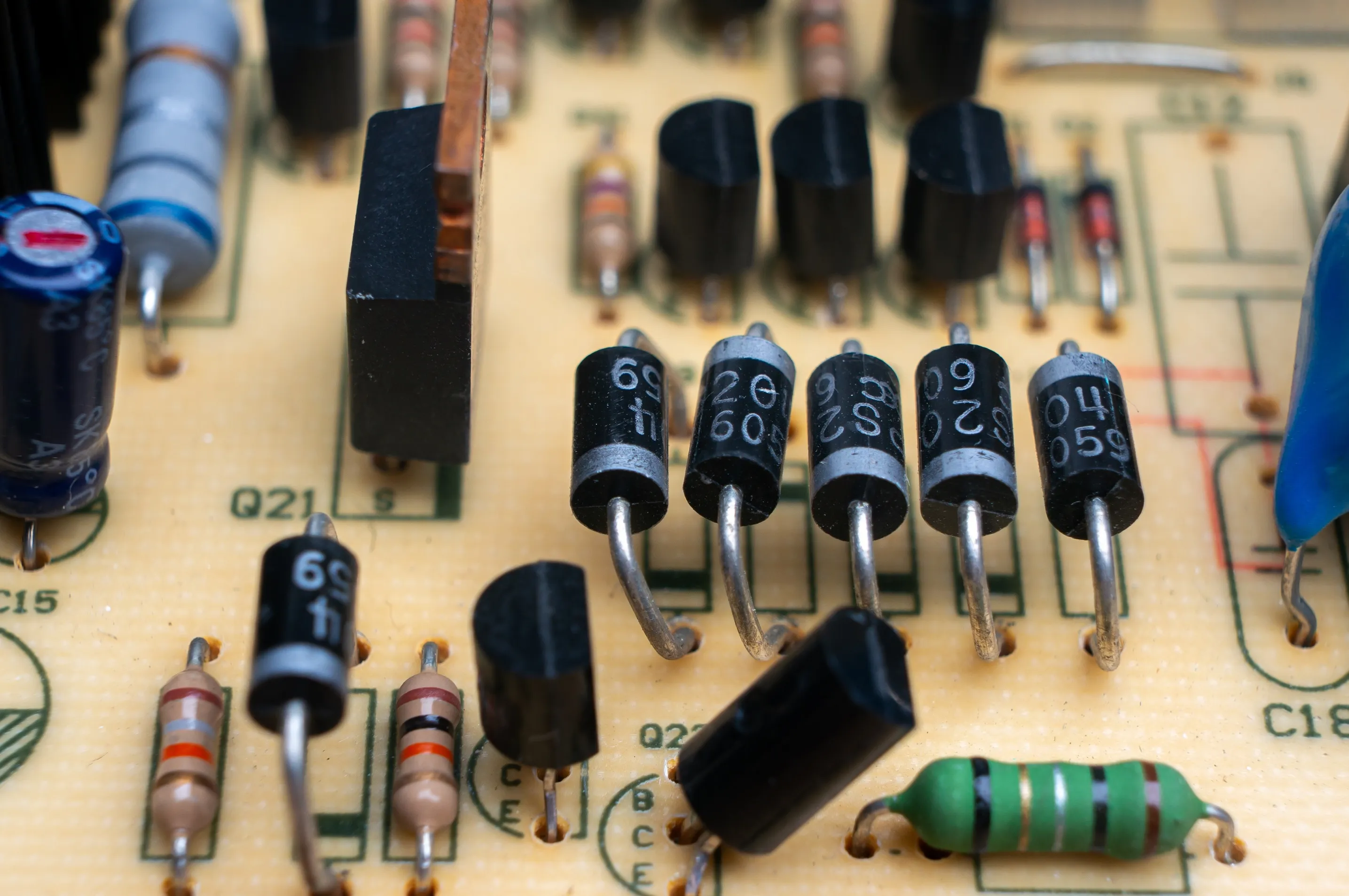Rosatom Is Building Russia’s Supercomputing Future — One Photon at a Time
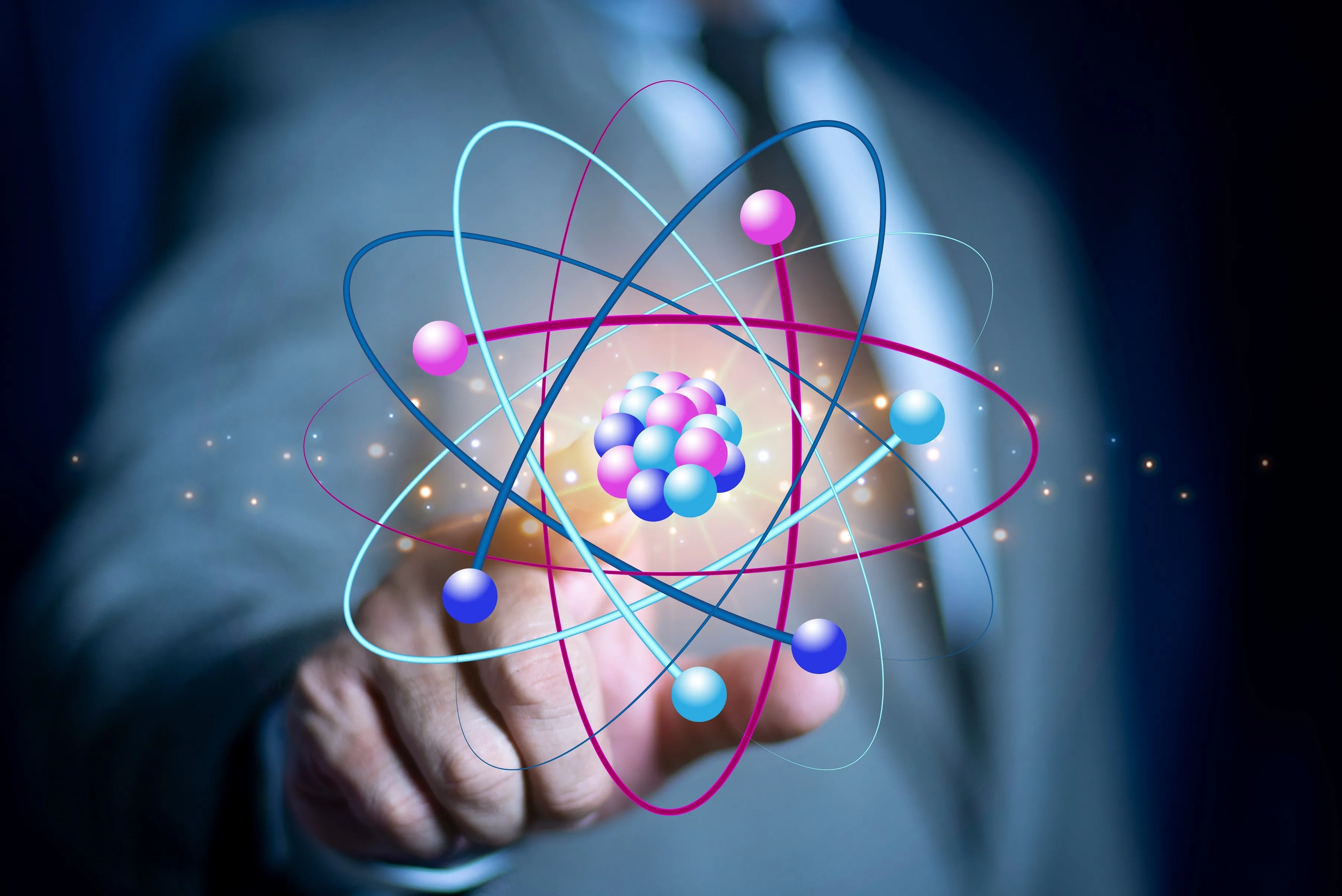
From nuclear science to neural networks, the state corporation is laying the digital rails for a post-silicon world.
At the intersection of nuclear physics and next-gen computing, Russia’s Rosatom is quietly assembling a national infrastructure for the era of AI and quantum simulation. Speaking at the Digital Industry of Industrial Russia conference, Dmitry Fomichev, Director of Mathematical Modeling at Rosatom, revealed that the corporation is actively developing a fleet of supercomputers designed for heavy-duty scientific and industrial calculations.
These aren’t your average machines. Built on heterogeneous architectures combining CPUs, GPUs, and custom integrated circuits, Rosatom’s supercomputers are tuned for massive parallel processing — the kind that powers generative AI, climate modeling, and nuclear simulations. “This is the computational spine of the country’s strategic tech stack,” says Fomichev.
But silicon, he notes, has limits. The future? It’s likely optical and quantum. “We anticipate that in 10 to 20 years, Russia’s high-performance computing will move beyond traditional processors and into the realm of photonic and quantum technologies,” Fomichev told the audience. “This isn’t science fiction. It’s a near-future roadmap.”
Rosatom’s computing initiative also reflects a broader shift: sovereign control over digital infrastructure. As geopolitical and technological pressure mounts, Russia is investing in domestic hardware, software, and the talent to run both — with the nuclear sector often leading the charge.
What began as the backbone of atomic research may soon evolve into a national AI powerhouse — one where photons, not just electrons, carry the future of computation.





